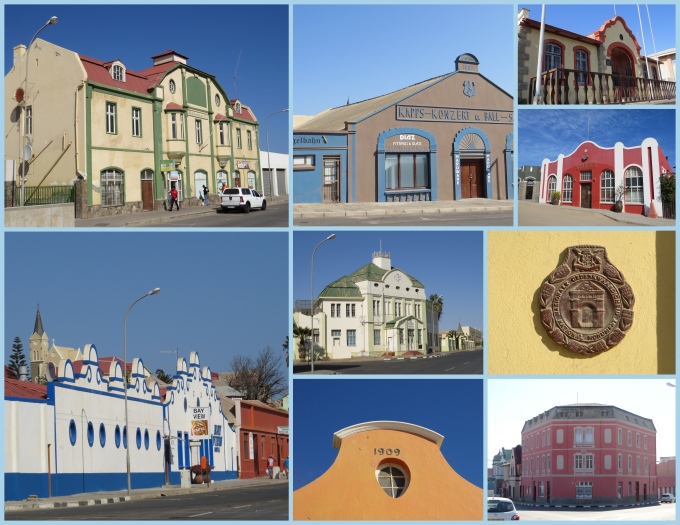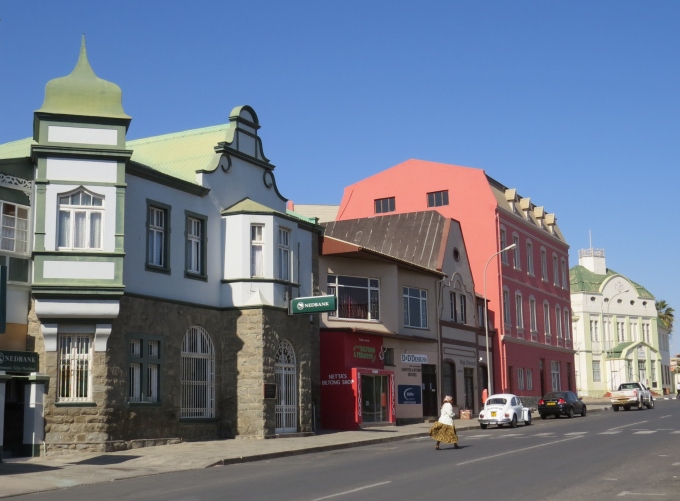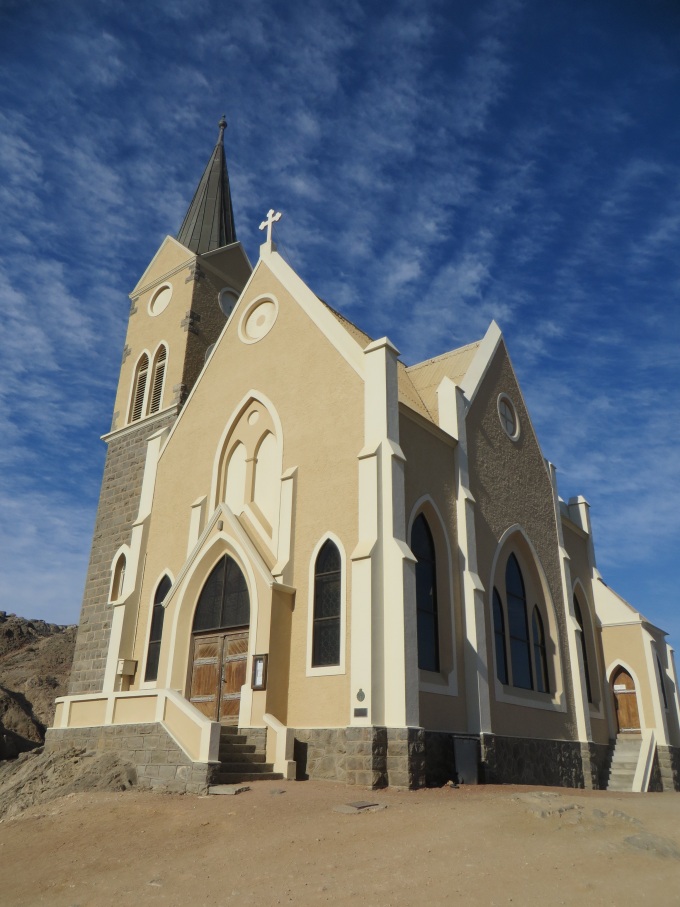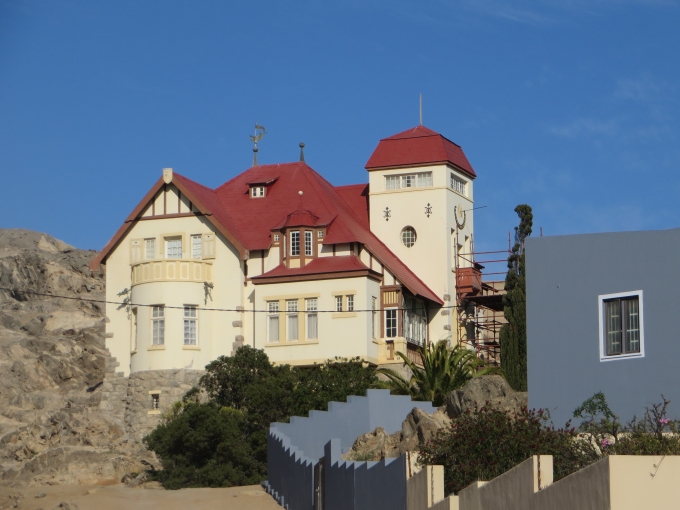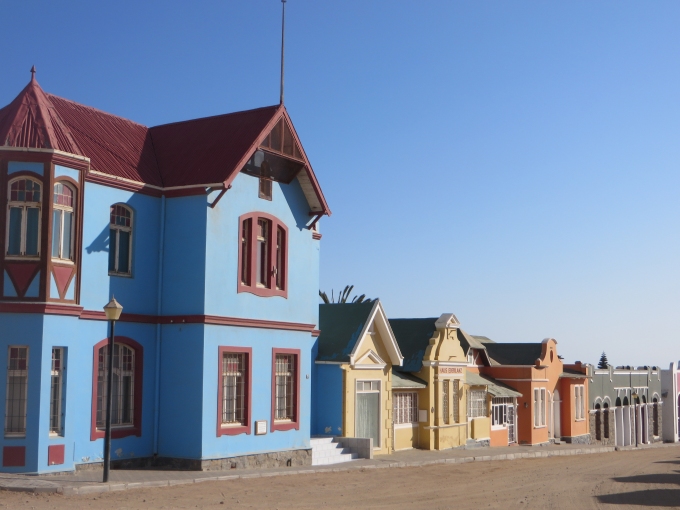Strolling Around Lüderitz
/Now that we've figured out where the all the important shops and services are located, we can begin to explore the town and its history a bit. Portuguese explorer, Bartholomeu Dias, was the first European ashore here in 1488 and named the town Angra Pequena (little bay). Adolph Lüderitz, a German merchant, arrived in 1884 with the intent of starting a trading post, as well as a foothold for the German Empire in Africa.
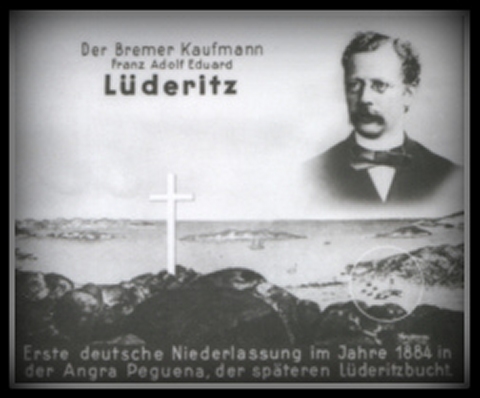
The town's isolation at the edge of the Namib Desert along with the lack of fresh water and building materials hindered its growth. Ongoing clashes with local native people (the Nama and Herrero) added to the problems until a railway worker, Zacharias Lewala happened to discover a diamond in 1908 and turned it in to his supervisor. A diamond rush ensued causing the town to grow quickly. The rush lasted nearly 50 years. Today, diamonds are still a big part of Lüderitz's heritage and economy, but much less so than in the past. Fishing and tourism contribute to the town's economy and support its population of ~12,500 people, many of German heritage. More about diamonds in the near future.
Walking around town is easy and convenient. Everything is accessible on foot. Liz, our new friend at Lüderitz Safaris and Tours, gave us a hard-to-come-by heritage route map and we've been slowly making our way around town. Many of the German Art Nouveau buildings from the early 20th century are still standing and have been restored and have become national monuments and heritage sites.
It was not difficult to spot historical buildings as we walk along Bismarck Street, the town's main road.
We climbed the steep Diamantberg (Diamond Hill) to the Felsenkirche (Church of the Rock) which was consecrated in 1912, making it one of the oldest churches in Namibia. Built in a vertical Victorian Gothic style, it's also notable for its stained glass windows, a gift to Luderitz by the German Emperor Wilhelm II. It has limited visiting hours (4-5pm daily) and we intend to return when we can view the windows.
“Diamond palaces”, such as the Goerke House (1910) shown here, were opulent, luxurious mansions, built by wealthy diamond magnates and surround the area around the church. This house is now a private museum.
Berg Street was a pleasant street to walk down with its row of restored, colorful, historical houses.
It's sheer pleasure walking Lüderitz's quiet, historic streets. There's something to see at every turn. We've yet to get to the town's tiny museum, but it's on the list along with a return visit to the church and the Goerke House … and then there's a pub called Barrels. No wonder there's no time for chores.



